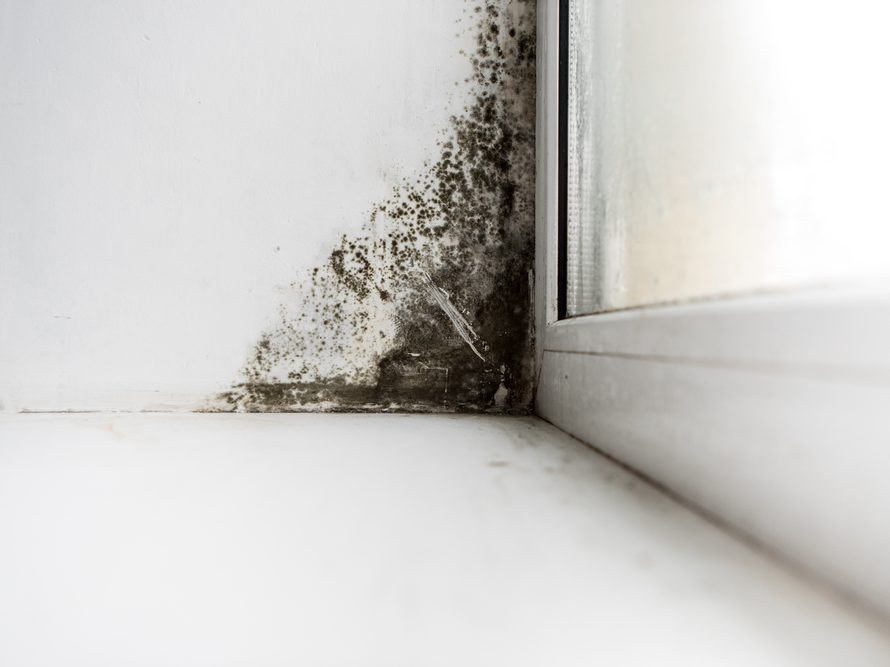Guaranteeing Post Remediation Verification Accuracy
Your Ultimate Overview to Message Mold And Mildew Remediation Techniques
In the consequences of mold infestation, knowing exactly how to effectively eliminate the mold and stop its reoccurrence is extremely important for maintaining a healthy and balanced indoor environment. From selecting the best cleaning and decontaminating techniques to executing strategies for long-lasting mold and mildew avoidance, each action in the remediation journey plays a vital role in guaranteeing an effective end result.
Understanding Post-Mold Removal Process
After finishing the mold and mildew remediation procedure, it is essential to understand the post-mold remediation techniques that are necessary to make sure a extensive and efficient cleaning. As soon as the mold and mildew has actually been removed, the following step entails cleaning and disinfecting the affected locations to stop any kind of regrowth of mold and mildew. This consists of utilizing specialized cleaning representatives to clean down surface areas and kill any type of staying mold spores. It is important to dry out the area entirely to dissuade the development of mold in the future (Post Mold Remediation Report). Appropriate ventilation and dehumidification can aid in this procedure.
Additionally, performing a final examination post-remediation is essential to make sure that all mold and mildew has been successfully gotten rid of. This examination should entail a complete aesthetic check in addition to perhaps air tasting to confirm the absence of mold spores airborne. If the examination discloses any kind of remaining mold, added remediation might be needed. Last but not least, enlightening owners on safety nets such as managing moisture degrees and promptly dealing with any kind of water leakages can help preserve a mold-free setting.
Effective Cleansing and Sanitizing Approaches

Stopping Future Mold And Mildew Growth

Importance of Proper Ventilation
Correct air flow plays a vital duty in stopping wetness build-up, an essential consider mold and mildew development within indoor settings. Efficient ventilation systems help remove excess humidity from the air, reducing the opportunities of mold spores discovering the moisture they need to sprout and spread. Without appropriate air flow, indoor spaces can end up being a breeding place for mold and mildew, causing possible wellness threats and architectural damage.
By guaranteeing correct air flow, ventilation systems can also help in drying out damp locations faster after water damages or flooding cases, additionally discouraging mold growth. After mold remediation. In areas like bathrooms, attics, basements, and kitchen areas where dampness degrees have a tendency to be greater, mounting and keeping efficient ventilation systems is vital in stopping mold and mildew invasions

Surveillance and Maintenance Tips
Given the critical role that proper air flow plays in preventing mold and mildew growth, it is essential to develop reliable monitoring and upkeep tips to guarantee the ongoing functionality of ventilation systems. Routine assessments of air flow systems should be carried out to check for any type of indicators of clogs, leaks, or malfunctions that could restrain proper air movement. Surveillance moisture levels within the residential or commercial property is additionally essential, as high humidity can add to mold and mildew growth. Installing a hygrometer can aid track moisture degrees and sharp property owners to any kind of spikes that may call for interest. Additionally, making certain that air filters are consistently cleaned up or replaced is crucial for maintaining the effectiveness of the air flow system. Applying a schedule for routine upkeep tasks, such as duct cleansing and cooling and this article heating system assessments, can help protect against issues before they escalate. By remaining attentive and proactive to the condition of ventilation systems, building owners can successfully reduce the danger of mold regrowth and maintain a healthy interior environment.
Conclusion
Finally, post-mold remediation methods are crucial for making sure a clean and safe atmosphere. Understanding the process, carrying out reliable cleaning and sanitizing techniques, avoiding future mold and mildew growth, keeping proper ventilation, and regular monitoring are all essential action in the remediation process. By adhering to these guidelines, Continue you can successfully remove mold and prevent its return, advertising a healthy and balanced living or working space for all passengers.
In the after-effects of mold problem, knowing how to successfully get rid of the mold and mildew and prevent its reoccurrence is paramount for keeping a healthy indoor atmosphere. Once the mold and mildew has actually been gotten rid of, the following action includes cleansing and disinfecting the affected areas to stop any kind of regrowth of mold and mildew - Post Mold Remediation. After removing noticeable mold and mildew growth, it is critical to clean all surface areas in the afflicted area to get rid of any remaining mold and mildew spores. To further boost mold and mildew avoidance procedures, it is necessary to address underlying concerns that initially led to mold development.Offered the crucial duty that proper air flow plays in preventing mold and mildew development, it is vital to establish reliable surveillance and upkeep ideas to make sure the ongoing functionality of air flow systems